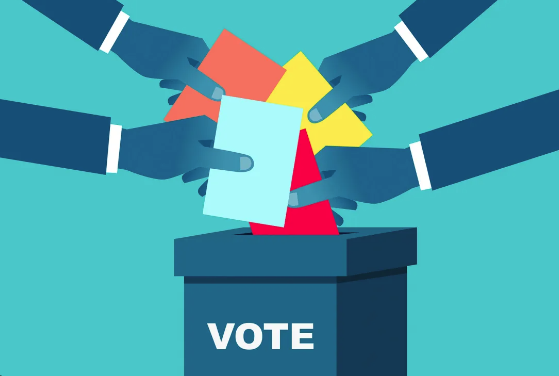Navigating the Electoral Maze
A Deep Dive into the U.S. Electoral Process
3/5/20242 min read


Introduction:
As the upcoming presidential election looms on the horizon, it's crucial to understand the intricate web that determines who will lead the nation. In this blog post, we will embark on a journey through the United States electoral process, uncovering the layers of primaries, caucuses, and the general election. By the end, you'll have a comprehensive understanding of how your vote contributes to shaping the future of the country.
The Primary Season:
The electoral process kicks off with the primary season, where political parties determine their official candidates. This phase involves a series of state-level elections, either through primaries or caucuses, where voters choose their preferred candidate. It's a rigorous selection process that narrows down the field of contenders.
Caucuses vs. Primaries:
Primaries: These are traditional elections where voters cast secret ballots to choose their preferred candidate.
Caucuses: A more involved process where voters gather at a designated location and publicly declare their support for a candidate. It involves discussions, negotiations, and sometimes multiple rounds of voting.
Delegates and the Nomination:
The ultimate goal for candidates during the primary season is to accumulate delegates. These delegates, chosen by voters in each state, play a crucial role in officially nominating a candidate at the national party convention. The candidate with the majority of delegates secures the party's nomination.
National Conventions:
After the primaries, each party hosts a national convention to formally nominate their chosen candidate.
The conventions serve as a platform for the candidate to outline their vision and for the party to rally support.
The General Election:
The general election is the culmination of the electoral process, where voters cast their ballots for the presidential candidate of their choice.
Unlike the primaries, the general election operates on a winner-takes-all system in most states, with the candidate securing the majority of votes claiming all the state's electoral votes.
Electoral College:
The United States uses an Electoral College system to elect the president, consisting of 538 electors.
Each state is allocated a certain number of electors based on its representation in Congress.
To win the presidency, a candidate needs a majority of at least 270 electoral votes.
Swing States and Battlegrounds:
Not all states are created equal in the electoral process. Swing states or battleground states are crucial because they can go either way, influencing the overall outcome of the election.
Candidates often focus their campaign efforts and resources on these states to secure the necessary electoral votes.
Conclusion:
Navigating the U.S. electoral process may seem complex, but it's an essential aspect of the democratic system. As voters, understanding how primaries, caucuses, and the general election work empowers us to make informed decisions. So, as the election season unfolds, keep a keen eye on the process, engage with the candidates, and exercise your right to vote - because every ballot shapes the future of the nation.
